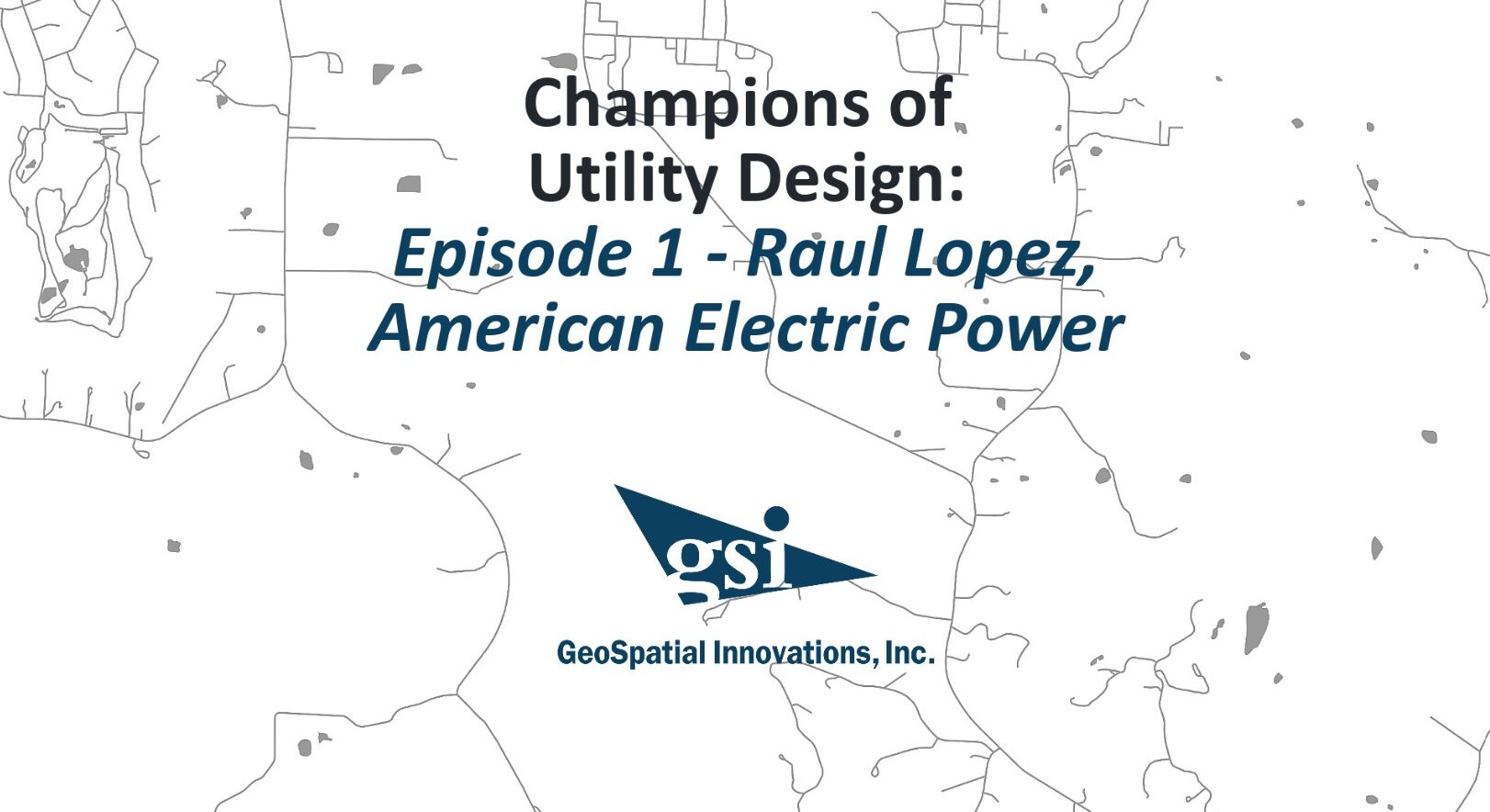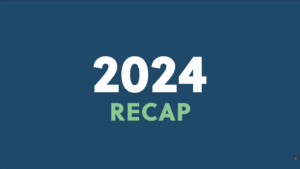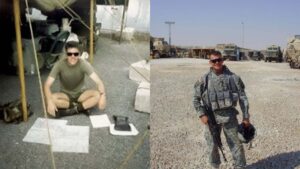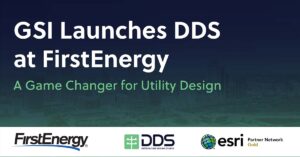Welcome to our new blog & video series, Champions of Utility Design, where we spotlight industry leaders who are making significant contributions to the utility industry. I had the pleasure of interviewing Raul Lopez from AEP. Raul has been a pivotal figure in the utility industry for over a decade, and his insights are invaluable for anyone interested in utility design, third party attachments, training and management.
About Raul Lopez, American Electric Power
Q1: How long have you been working in the utility industry?
Raul: Over a decade.
Q2: What inspired you to pursue a career in this industry?
Raul: No fancy origin story here. At the age of 23, I was speaking with a friend from college, and he told me about the work he was doing for AEP as a design engineer.
Q3: Can you share any memorable experiences or milestones so far in your career?
Raul: I don’t recall the year, but I had a project that involved planning a new substation in a growing city to offload an aging existing substation. I had to coordinate with various departments within AEP to build the distribution system, determine the switching points, and assess how much load could be offloaded. It was a complex but rewarding experience.
Third-Party Attachments – Present
Q4: How has AEP’s strategy evolved to manage the increasing number of requests?
Raul: For the past couple of years, AEP has steadily integrated DDS into our Joint Use attachment workflow process. Many process steps can now be satisfied using as close to one system as possible. This includes data coming into and out of DDS to update our joint use attacher database, which houses our records for existing and proposing attachers. The idea is to avoid duplication of effort.
Q5: What are some of the biggest challenges that AEP is facing with third-party attachments?
Raul:
- The sheer amount of pole attachment requests, which increased from 60,000 poles in 2019 to 340,000 poles in 2023.
- FCC compliance, timeline, and transparency.
- Getting the work out in a timely manner while meeting NESC/AEP designer and local jurisdictional criteria.
- Dealing with a large and new workforce, as AEP hired 400 new people.
- Maintaining and updating system records.
Q6: What is the process that AEP uses to ensure that NESC and FCC regulations are followed for these attachments?
Raul:
- Ingest data from the field and attachment company (precise).
- Create an accurate model from field data.
- Analyze the impact of attachers.
- Resolve any violations.
- Allocate costs to the appropriate entity.
- Generate transparency reports (cost causer).
Q7: How does AEP balance the need for these attachments while maintaining grid integrity?
Raul: The end goal is to provide timely access to our utility poles in a safe and compliant manner.
Third-Party Attachments – The Future
Q8: What role does technology play in managing third-party attachments at AEP?
Raul: Technology plays a huge role in terms of efficiency and safety. We can use survey equipment to capture pole attachment and geo-positional data without being in harm’s way. We can collect field data and use that same data to create our existing field model in DDS. Additionally, we can analyze clearance and sag for various weather conditions without being out in the field.
Q9: What advice would you give to other utilities facing similar challenges with third-party attachments?
Raul:
- Set the expectation for designs, whether they are internal staff or contractors, including field data collection and design expectations.
- Provide upfront training with resources like PDFs for reading and continuing training on internal tools.
Q10: Looking ahead, how do you see the landscape of third-party attachments changing in the next few years?
Raul: I foresee a streamlined regulatory process shaped by federal funding and the broadband demand, with transparency being a main point. For example, the BEAD program has a multistage process before funds are awarded and spent. States apply by submitting letters of intent, then submit a five-year action plan outlining the broadband goals to the NTIA. NTIA then announces how much money each state gets, and states need to show how the granted money will be spent.
Stay tuned for more insightful interviews in our “Champions of Utility Design” series! You can also watch the full interview with Raul Lopez: Champions of Utility Design on Vimeo






